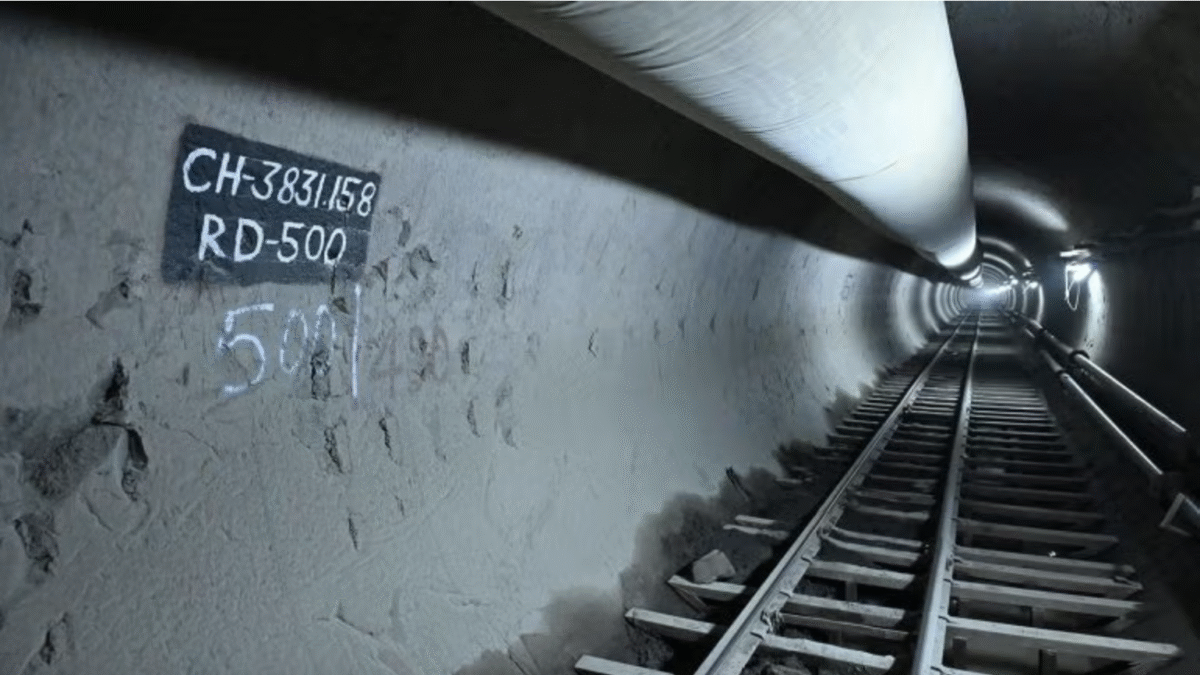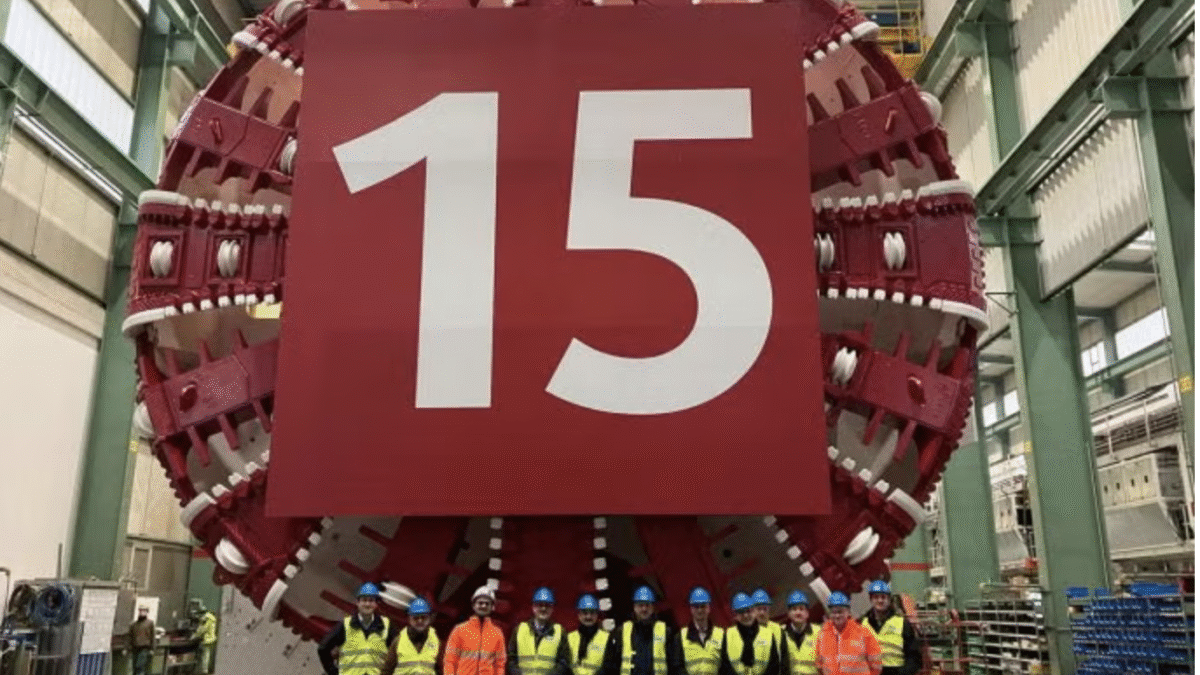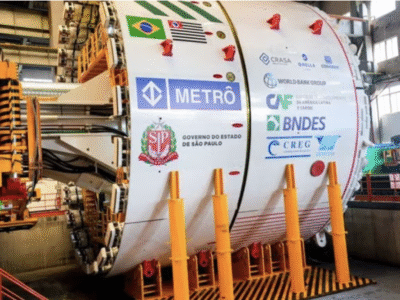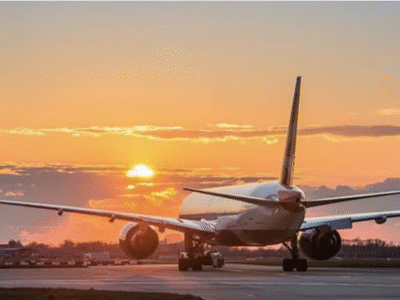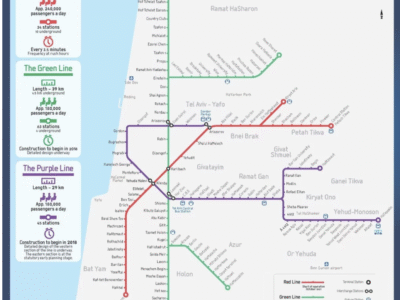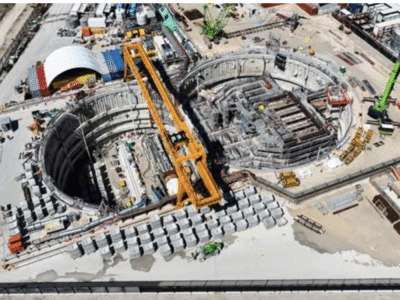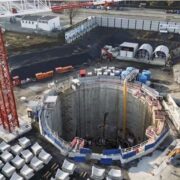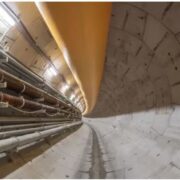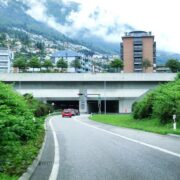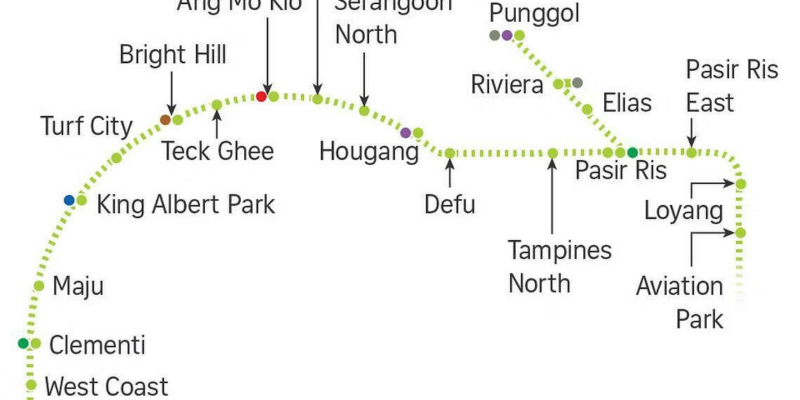
The Cross Island Line (CRL) Punggol extension construction has officially started. It will shorten over 70,000 journeys between Singapore’s northeast and east daily.
With passenger service envisioned to begin by 2032, the 7.3km extension to Singapore’s eighth MRT line incorporates four stations: Riviera, Elias, Punggol, and Pasir Ris.
The Punggol station will be connected to the North East MRT Line, the Riviera stop to the Punggol LRT Line, while the Pasir Ris station will be linked to the East-West MRT Line.
Chee Hong Tat, Acting Transport Minister, spoke at a ground-breaking ceremony held at the site of the future Riviera MRT station on Tuesday and stated that when the extension opens, residents would be able to travel between Punggol and Pasir Ris in 15 minutes, compared with a 40-minute bus ride at the moment.
It will also halve the travel time greatly from the east of Punggol, through Riviera station, to the Loyang industrial area. With the extension, this will take 20 minutes by train, down from the present 45 minutes by bus.
Mr. Chee stated that the construction could cause some “inconvenience and disamenities”. “We will do our best to minimize the impact,” he continued.
LTA (the Land Transport Authority) claimed that the steps being carried to reduce noise, vibration, and dust comprise employing electric excavators and battery power pack generators, which articulate less sound at some sections of the worksites, instead of conventional diesel-powered ones. It is worth noting that the electric excavators should be charged for two hours every six or so hours of usage.
LTA claimed a large-diameter TBM would be dispatched through Riviera station to construct the tunnels between Elias and Punggol stations. The tunnel boring machine measures 12.6m, and instead of having to bore twice, it excavates through the ground just once to build a tunnel with two MRT tracks.
LTA also said that a robotic shotcrete machine will be employed to reduce the need for labor, improve safety and productivity, and build a 60m mined section of the tunnel near Elias station. The machine sprays concrete at high velocity to make the tunnel lining.
Over 40,000 households, such as those in future housing projects, are envisioned to benefit from the extension. It will also enhance rail connectivity to areas including the Changi Aviation Park and Punggol Digital District.
Geraldine Guo, a digital services manager who lives near Pasir Ris station, wishes the construction will not disrupt surrounding wildlife too much. She stated: “When the big parcel of land nearby was cleared for a new BTO (Build-To-Order) project, the hornbills started visiting the flats, and there were more fights between wild boars and dogs in the forest.”
Manager Lai Yeow, who lives at Edgefield Plains in Punggol, welcomes the MRT extension. The 47-year-old who works in the tourism industry, stated: “It will be good for residents to get to Pasir Ris quickly. Right now, (Punggol) is kind of a dead end, which is not convenient.”
As reported, the CRL Punggol extension will be linked to the central CRL at Pasir Ris station.
Construction work on the line’s first phase, which contains 12 stations from Aviation Park to Bright Hill, began in January and is anticipated to end by 2030.
Tenders for the second phase of the line, including six stations from Turf City to Jurong Lake District, are being called progressively, with passenger service scheduled to start in 2032. Moreover, engineering studies are underway for the third phase of the line.
Once complete, the CRL will serve Singapore’s eastern, western, and north-eastern areas and will be the country’s most extended fully underground MRT line.


